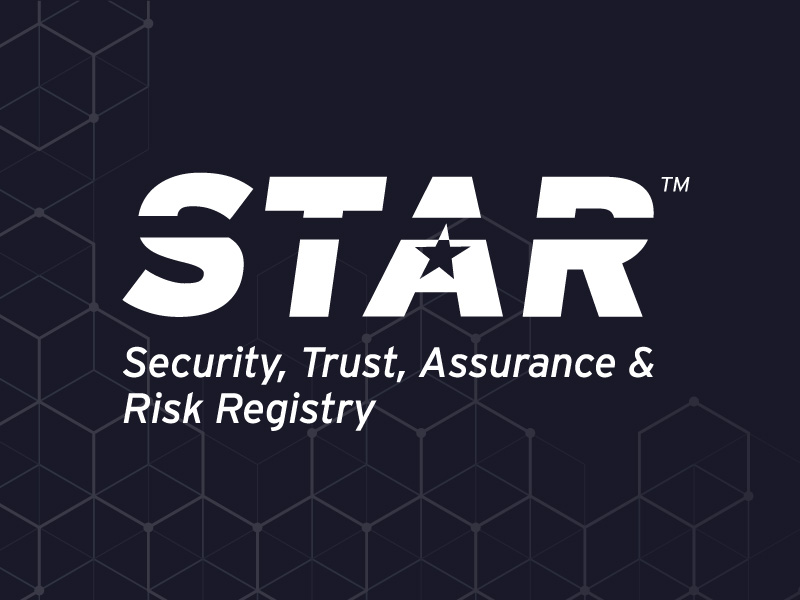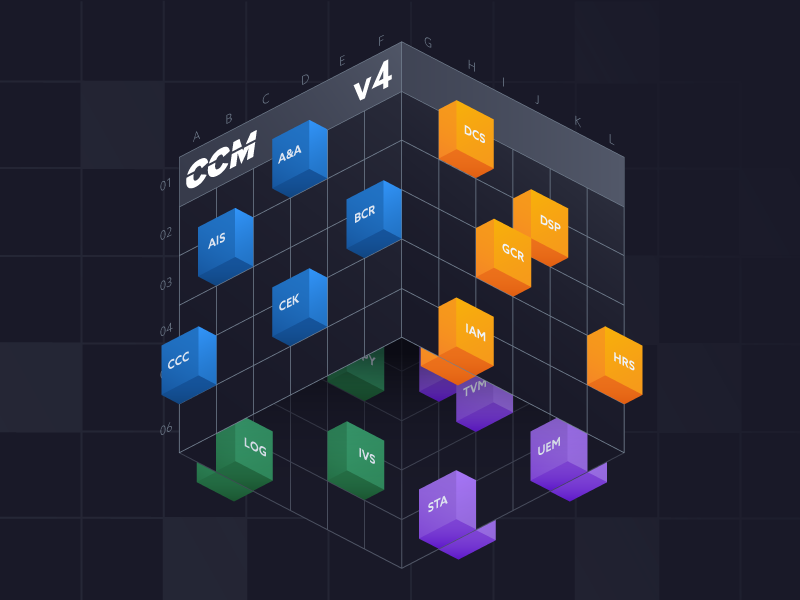Compliance is Falling Behind in the Age of Non-Human Identities
Published 07/17/2025
Written by Itzik Alvas, Entro.
Every major compliance framework, including PCI DSS, GDPR, ISO 27001, SOC 2, and NIS2, requires strong access controls, continuous monitoring, and clear accountability. Yet despite these well-established expectations, one critical area is still often overlooked: Non-Human Identities (NHIs). These include service accounts, IAM roles, API keys, and automation agents that quietly power modern infrastructure.
When left unmanaged, NHIs can weaken even the most mature compliance programs.
The Hidden Compliance Risks of NHIs
In many organizations today, NHIs outnumber human users by more than 90 to 1. They’re central to how systems run, yet most compliance programs still focus on managing human access. As a result, critical gaps emerge in several key areas:
- Visibility and Inventory: OWASP’s 2025 Top 10 Risks for NHIs highlights inventory as a foundational requirement. However, many organizations struggle to produce a complete and up-to-date list of active NHIs.
- Ownership and Accountability: Frameworks such as GDPR, ISO 27001, and SOC 2 require that access rights are assigned and traceable. Yet many NHIs remain unclaimed, making it difficult to demonstrate accountability.
- Credential Lifecycle Management: Standards like PCI DSS and NIST SP 800-53 call for routine credential rotation and expiration. In practice, many programmatic secrets remain unchanged for long periods.
- Monitoring and Incident Response: Regulations, including HIPAA and NIS,2 emphasize the need for continuous monitoring and rapid response. Still, NHIs often operate with minimal or no oversight.
These risks exist because most compliance models were designed for human behavior. NHIs function differently and require a distinct management approach.
OWASP Has Made It Clear: NHIs Are a Compliance Priority
The OWASP Top 10 for NHIs outlines how these identities pose real risks and connects them directly to regulatory gaps. For example:
- Lack of inventory (NHIS-SEC-01) can violate ISO 27001’s asset tracking requirements.
- Over-permissioned NHIs (NHIS-SEC-06) conflict with least-privilege policies and over-permissioning in GDPR and PCI DSS.
- Secrets leakage (NHIS-SEC-08) threatens data protection rules under GDPR and HIPAA.
- Missing access controls (NHIS-SEC-10) undermine security measures required by SOC 2 and NIS2.
By aligning NHI governance with these known risks, organizations can strengthen their compliance standing and reduce exposure.
How NHIs Fit into Today’s Compliance Frameworks
|
Framework |
Key NHI-Relevant Requirements |
|
PCI DSS 4.0 |
Enforces secret rotation, least privilege access, and monitoring of credentials |
|
ISO 27001 |
Requires inventory of assets, identity lifecycle management, and traceable ownership |
|
SOC 2 |
Calls for audit trails, threat detection, and timely incident response |
|
GDPR |
Demands attribution of data access and prevention of unauthorized disclosure |
|
NIS2 Directive |
Expects proactive monitoring and risk-based threat response |
|
NIST SP 800-53 |
Recommends credential rotation, access control, and auditability |
Without dedicated oversight of NHIs, it becomes increasingly difficult to meet these standards. Addressing them directly can simplify audits, reduce security risks, and lower the cost of future compliance work.
A Practical Path to NHI Compliance
A strong NHI compliance strategy should focus on three core actions:
- Comprehensive Inventory: Identify and map all NHIs across cloud services, CI/CD pipelines, source code, and internal systems. This includes usage patterns, permissions, and ownership.
- Lifecycle Governance: Automate credential rotation and expiration, revoke stale or unused identities, and regularly audit permissions against internal policies and external regulations.
- Continuous Monitoring and Response: Track NHI behavior in real time, identify unusual activity quickly, and respond to potential incidents as they happen.
Turning Risk into Readiness
Non-human identities are rapidly becoming the primary users in most digital ecosystems. Their numbers will only grow with increased automation and the adoption of AI agents. Including NHIs in your compliance framework is no longer optional.
Addressing these identities proactively helps reduce the risk of breaches & audit failures, and supports a stronger overall security posture.
Now is the time to move beyond traditional compliance checklists. NHIs are already part of your organization—make sure they’re part of your compliance strategy too.
Unlock Cloud Security Insights
Subscribe to our newsletter for the latest expert trends and updates
Related Articles:
Why Agentic AI Matters for the Future of Cybersecurity
Published: 01/06/2026
Choosing the Right Key Responsibility Model
Published: 01/05/2026
IaC Security in the Age of AI: New Threats, Smarter Solutions
Published: 01/05/2026
AAGATE: A NIST AI RMF-Aligned Governance Platform for Agentic AI
Published: 12/22/2025





.png)
.jpeg)
.jpeg)
.jpeg)
.jpeg)